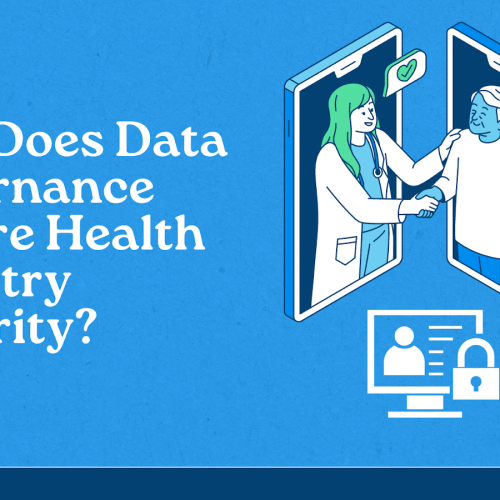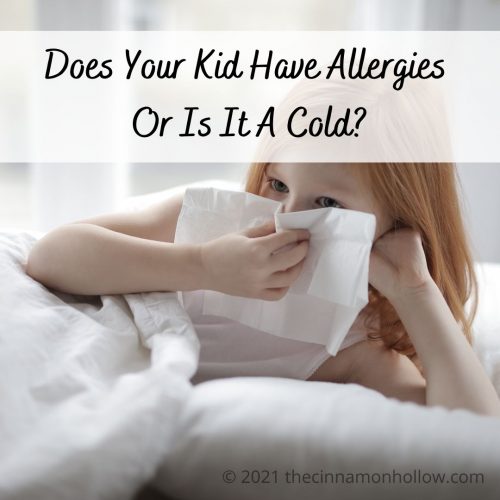Social anxiety and sexual harassment are two distinct yet interconnected issues that significantly impact individuals’ mental health and well-being. While social anxiety can manifest as an overwhelming fear of social interactions, sexual harassment can exacerbate these anxieties, creating a complex web of emotional distress.
Understanding Social Anxiety
Social anxiety disorder is characterized by an intense fear of social situations, often leading to avoidance behavior and significant distress. Individuals with social anxiety may experience a multitude of symptoms such as excessive self-consciousness, fear of judgment or humiliation, avoiding situations where they could be the center of attention, and physical symptoms like sweating, trembling, blushing, or having a shaky voice in social settings.
Factors contributing to the development of social anxiety include genetic predispositions, environmental influences, past traumatic experiences, and even societal expectations that dictate norms of behavior.
Understanding Sexual Harassment
A sexual harassment attorney in Orange County explained that sexual harassment includes any unwelcome advances, contact, behaviors, requests, or gestures of a sexual nature. Harassment could be either physical or verbal, typically in the workplace or a school setting, but it can also occur in various other contexts.
The psychological impact of sexual harassment can be profound, leading to feelings of shame, guilt, and diminished self-worth. Victims may also experience symptoms of anxiety, depression, and post-traumatic stress disorder (PTSD) as a result of their experiences. Additionally, the fear of retaliation or not being believed may deter victims from reporting incidents of sexual harassment, further exacerbating their emotional distress.
The Intersection of Social Anxiety and Sexual Harassment
The intersection between social anxiety and sexual harassment is complex and multifaceted. Individuals with social anxiety may be particularly vulnerable to experiencing sexual harassment due to their heightened sensitivity to social cues and fear of negative evaluation.
Moreover, the trauma of sexual harassment, or the mere fear of experiencing it, can exacerbate existing social anxieties. Victims may develop hyper-vigilance in social situations, constantly scanning for potential threats, which in turn increases their overall anxiety levels. Additionally, feelings of shame and self-blame may arise, leading individuals to question their own actions or choices and further contributing to their distress.
Cultural and Societal Factors
Cultural norms and societal attitudes play a significant role in shaping both social anxiety and sexual harassment experiences. Stigma surrounding mental health issues often discourages individuals from seeking help for their social anxiety symptoms, while victim-blaming attitudes contribute to the underreporting of sexual harassment incidents. Furthermore, societal norms that perpetuate gender inequality and objectification of individuals may fuel environments conducive to sexual harassment.
Challenging these norms and promoting awareness and understanding are essential steps toward creating supportive environments for individuals dealing with these intersecting challenges. It requires dismantling the stigma associated with mental health issues and advocating for policies and practices that prioritize the safety and well-being of all individuals.
Treatment and Support
Therapeutic interventions, such as cognitive-behavioral therapy (CBT) and exposure therapy, are effective in treating social anxiety disorder by helping individuals challenge irrational thoughts and gradually confront feared social situations.
In an article on the Anxiety & Depression Association of America’s website, a licensed professional clinical counselor gave examples of different techniques they walk patients through on how to confront and end situations. They also mentioned how different types of body language might come across to others. This includes using your eyes and the difference between no eye contact and direct eye contact, how to position your body to signal your intentions such as to continue a conversation or end it, and how to end uncomfortable conversations.
For those who have experienced sexual harassment, trauma-focused therapies like Eye Movement Desensitization and Reprocessing (EMDR) can help process traumatic memories and alleviate associated symptoms. Additionally, support groups and advocacy organizations provide valuable resources and validation for survivors of sexual harassment, empowering them to seek justice and healing.
Moving Forward
The intersection between social anxiety and sexual harassment highlights the need for a comprehensive and trauma-informed approach to addressing these issues. By understanding the complex interplay between social anxiety and experiences of sexual harassment, we can better support individuals who are navigating these challenges. Through increased awareness, advocacy, and access to resources, we can create safer and more inclusive environments where all individuals can thrive free from fear and stigma.
We are not doctors and this is in no way intended to be used as medical advice and we cannot be held responsible for your results. As with any product, service or supplement, use at your own risk. Always do your own research before using.







